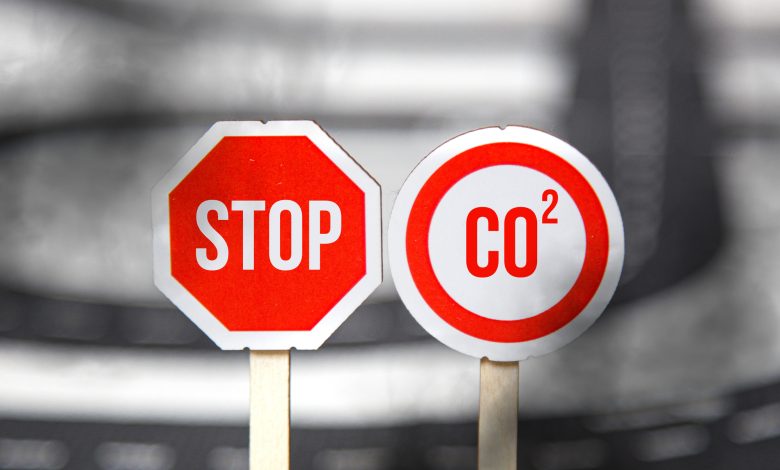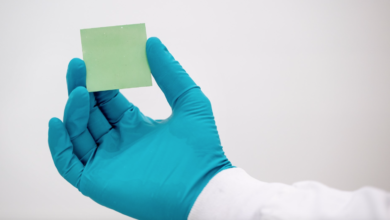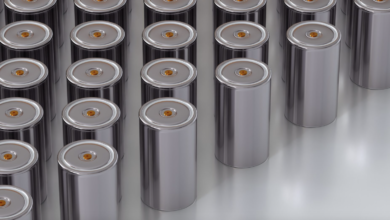Capture of CO2 directly into the exhaust pipes? Soon it could be reality
The material also does not require high temperatures for the release and capture of Co2
(Sustainabilityevironment.com) – A cheap polymer, melamine, an acid used together with chlorine for swimming pools and formaldehyde. Here is the formula found by an international research team to make CO2 capture simple, efficient and above all economical.
The research published in the journal Science Advances could theoretically revolutionize normal systems of elimination of carbon dioxide from the atmosphere, capturing harmful emissions for example directly from the exhaust pipes of machines or from the chimneys themselves.
The innovative material was studied by a joint team of researchers that brings together Berkeley/Stanford/Texas University.
The cheapest nanoporous solution
The main component of the material is common polymeric melamine, used not only to produce ant, but also in tableware and inexpensive tools, in industrial coatings and in Mote plastics. Paradoxically this component can be purchased at only $ 40 per ton. By adding to the melamine formaldehyde and cyanuric acid, used together with chlorine for swimming pools, the researchers obtained a kind of nanoporous net ideal for capture of co2.
“We wanted to think about a carbon capture material that was derived from sources that were really cheap and easy to obtain. And so, we decided to start with melamine,” said Jeffrey Reimer, Professor of the Graduate School in the Department of Chemistry and Biomolecular Engineering at the University of California, Berkeley, and author of the article.
Yes, because the concept of retaining carbon dioxide thanks to the porosity of the material is not new. The so-called MOF, metal-organic structures, already perform this task, but their use and creation is far from economic.
Greater efficiency and less consumption for CO2 storage

But in addition to being cost-effective, the melamine network is also energy-efficient. By adding another amine-containing substance to the melamine and cyanide acid compound, DEF (diethylene netrylamine), it is possible to capture CO2 already at only 40° Celsius. While the CO2 is released at about 80°C. The energy saving comes from not having to resort to high temperatures to activate the process, which is instead essential in the major types of CO2 storage systems.
“And the rate at which CO 2 adsorbs is actually quite fast, compared to other materials,” Reimer said.
Given the excellent results achieved at laboratory level, in the future the system could be used to capture CO2 directly from the car, or in buildings or even used as a coating for furniture surfaces.






